Commodity trading, one of the oldest forms of financial exchange, continues to play a pivotal role in the global markets. From crude oil and natural gas to precious metals and agricultural products, commodities impact everyday life and are integral to the functioning of the global economy. This article delicates a close look at the fundamentals of commodity trading, its current trends, and potential future developments.
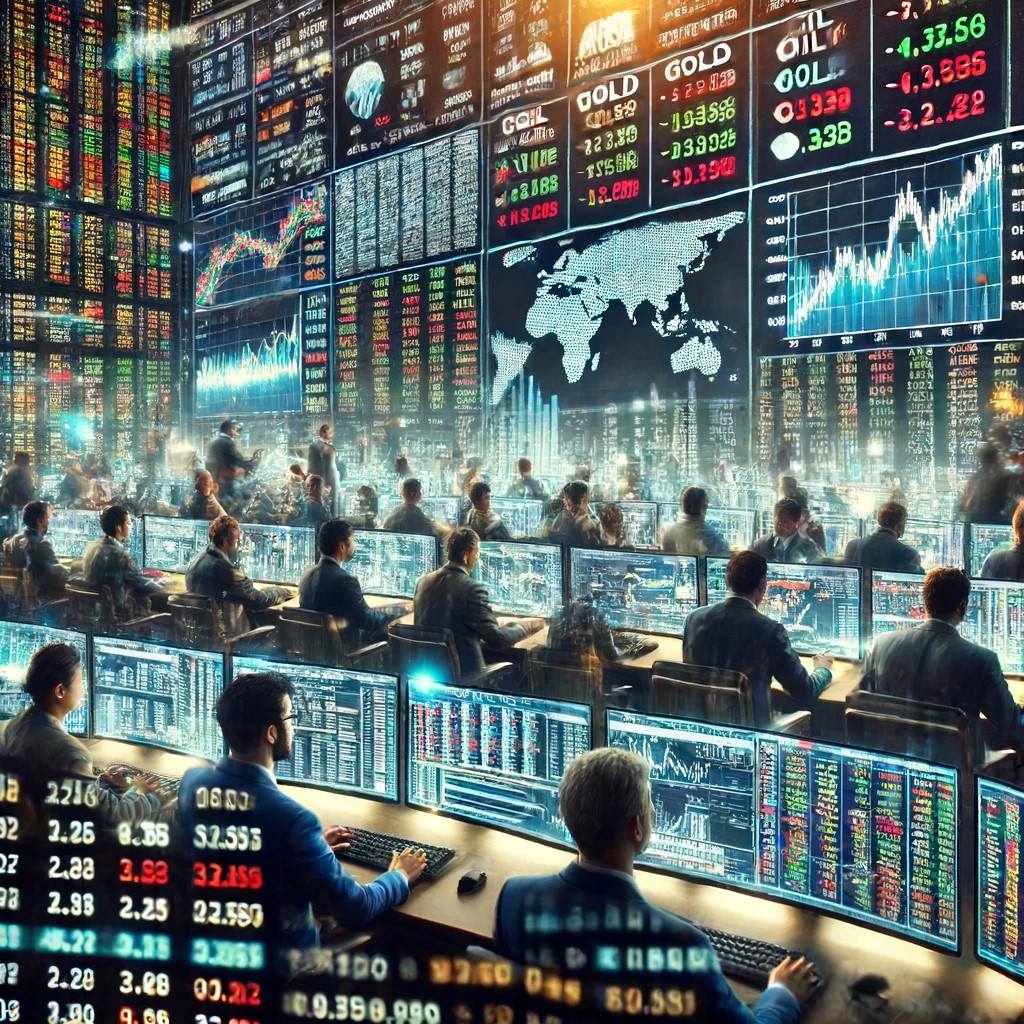
The Basics of Commodity Trading
Commodities are basic goods used in commerce that are interchangeable with other goods of the same type. Trading typically occurs in two forms: spot trading, where commodities are traded for immediate delivery, and futures trading, where contracts are made to buy or sell commodities at a set price on a future date. These markets are primarily driven by the principles of supply and demand, influenced by worldwide economic conditions, geopolitical events, and market speculation.
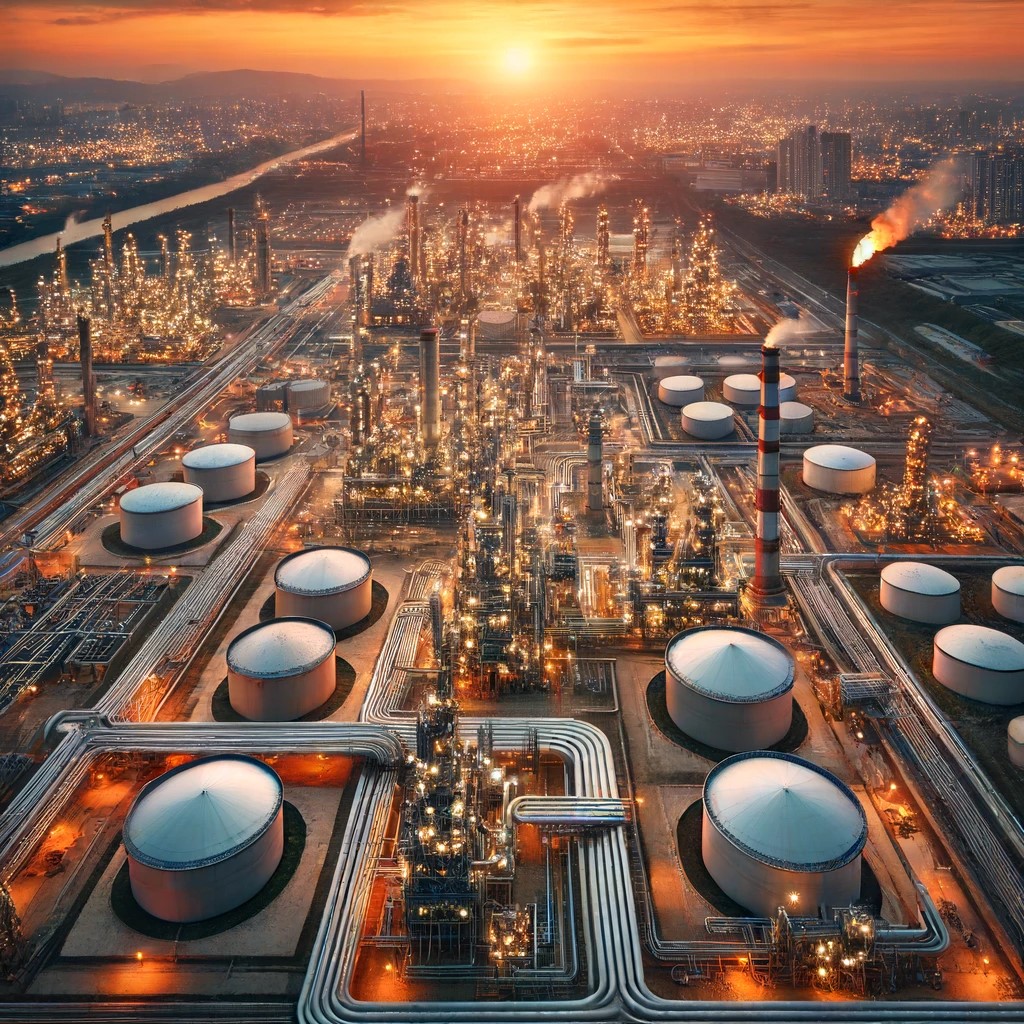
Influence on Global Markets
1. Economic Indicators:
Commodities are often seen as leading indicators of economic health. For example, rising oil prices can indicate strong demand and a robust economy but can also lead to higher inflation rates. Similarly, low prices may suggest a surplus supply or weakening demand, potentially signaling economic downturns.
2. Price Volatility:
Commodity prices are notoriously volatile due to their sensitivity to weather conditions, political instability, and changes in currency values. This volatility can significantly impact global markets, influencing everything from inflation rates in individual countries to international trade balances.
3. Impact on Currencies:
Countries that are major producers of commodities can see their currencies strengthen with rising commodity prices. For instance, the Canadian dollar often moves in tandem with the price of oil, Canada’s major export.
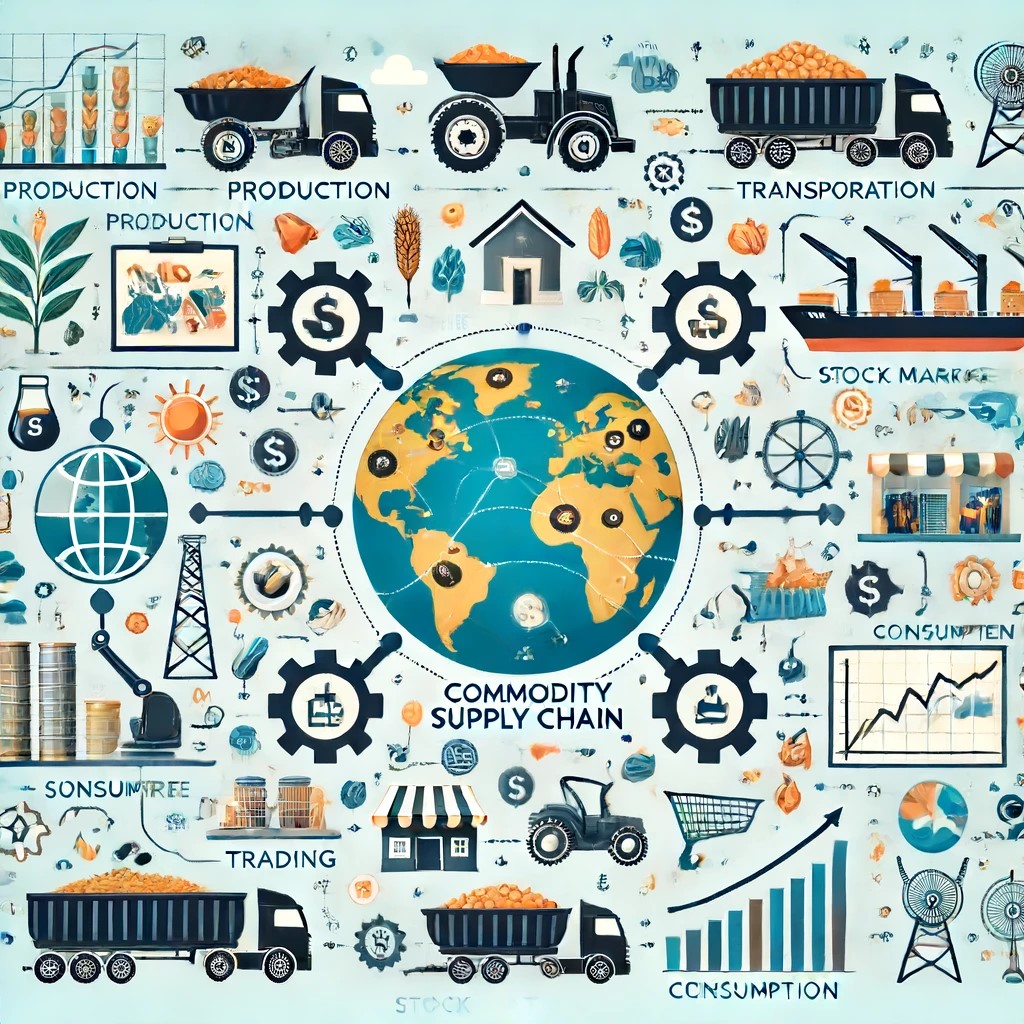
Current Trends in Commodity Trading
1. Technological Advancements:
Technology is transforming commodity trading, improving market transparency and efficiency. Advances in data analytics, artificial intelligence, and blockchain are helping traders make more informed decisions and streamline operations.
2. Environmental Concerns and Green Commodities:
As global awareness of environmental issues grows, the demand for 'green commodities'—those that involve sustainable practices—is on the rise. This trend is particularly evident in the energy sector, where there is an increasing shift from fossil fuels to renewable energy sources.
Future Predictions for Commodity Trading
1. Regulatory Changes:
Future regulations, particularly those related to environmental protection and sustainable practices, are expected to have a significant impact on commodity markets. These regulations could alter market dynamics, especially for energy commodities like oil and coal.
2. Evolution of Commodity Markets:
The nature of commodities traded is likely to evolve with changing technology and consumer preferences. For example, the growing emphasis on electric vehicles could increase demand for commodities like lithium and cobalt, essential for battery production.
Conclusion
Commodity trading remains a complex and dynamic component of the global financial system. By understanding the fundamentals of commodity markets and staying informed about current trends and future predictions, traders and investors can better navigate this volatile but essential economic landscape.
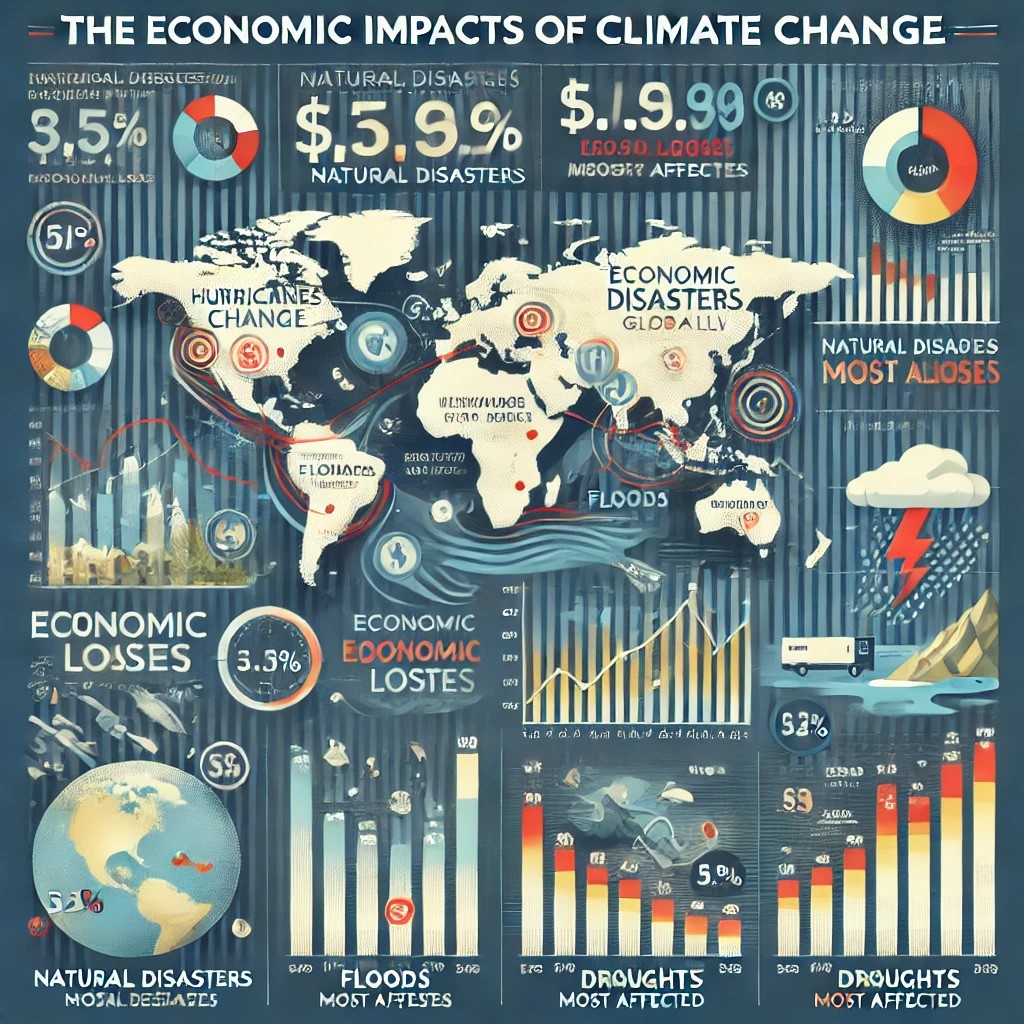
The Economic Impact of Climate Change

The Rise of Robo-Advisors and Its Effect on Traditional Investing

The Pros and Cons of Buying vs. Leasing in Corporate Finance
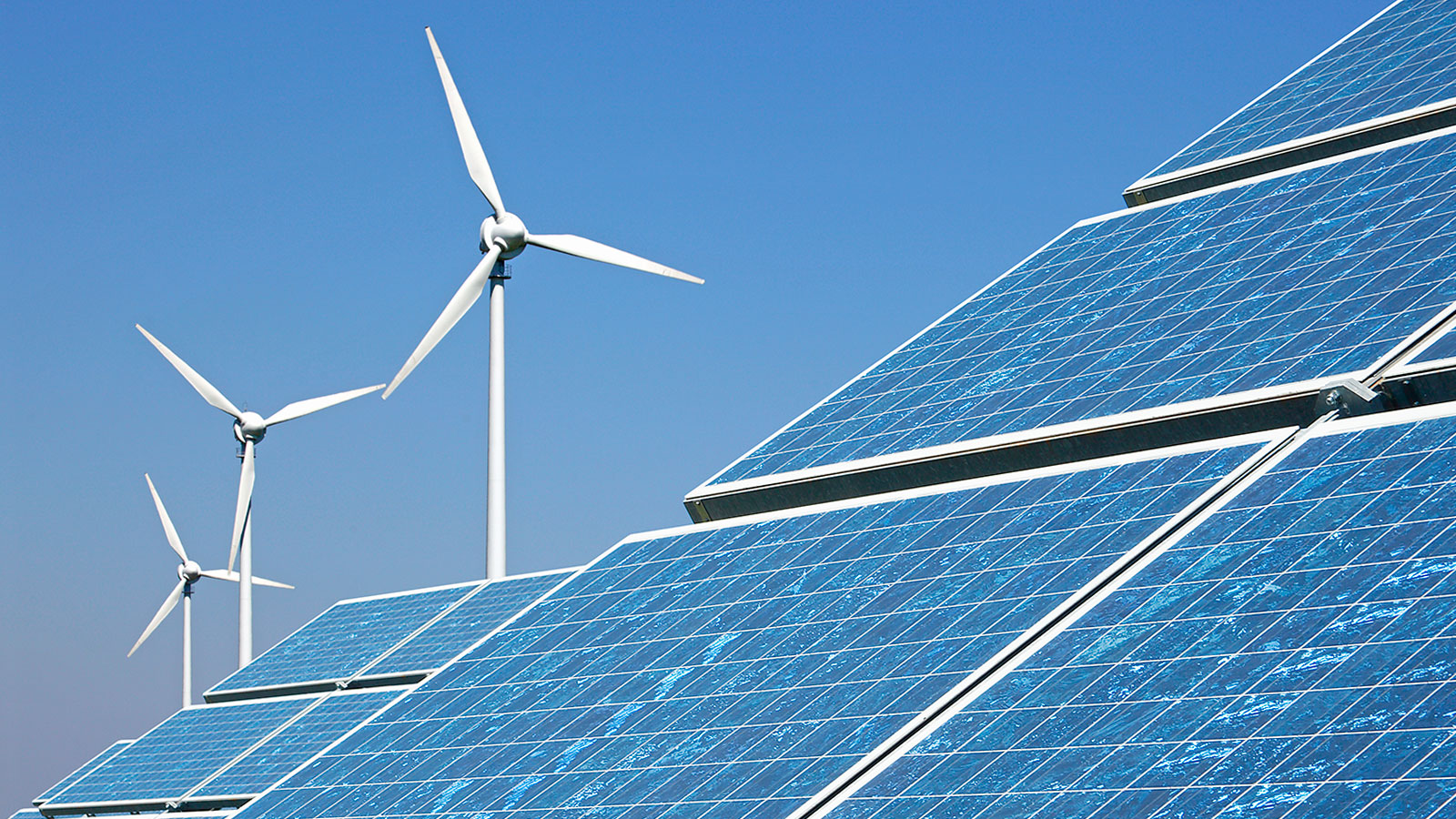
How to Invest in Renewable Energy Stocks

Shielding Yourself from Digital Threats: Financial Security Tips

Best Ways to Save Money on Household Expenses

Understanding the Role of Fiscal Policy in Economic Management
